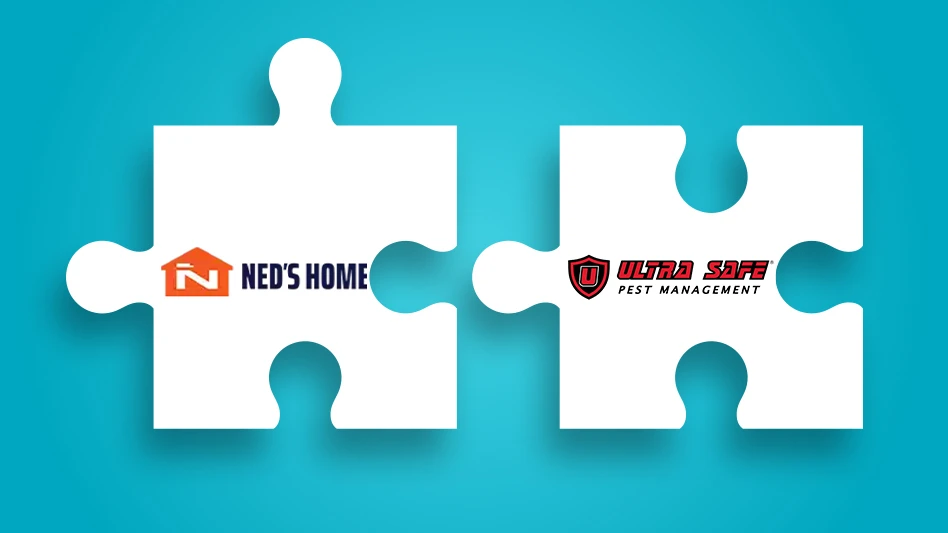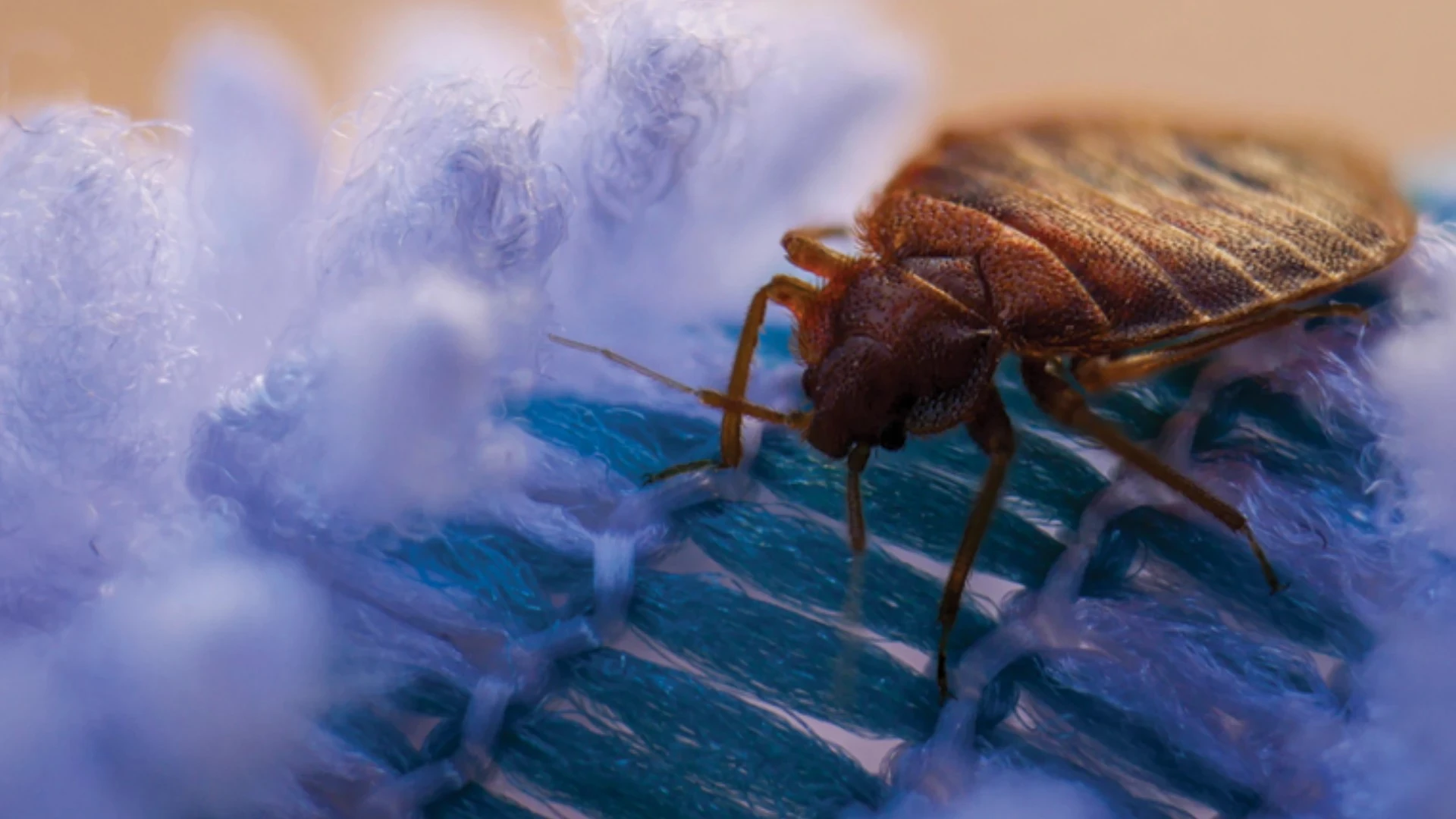We’re just three short months into the new year and discussions about baiting termites have become increasingly interesting. Although some PCOs are doing so, many pest control operators are not looking at baits. Most of these companies are small one-branch operations or have very few technicians. Other PCOs are happy with liquid treatments and only turn to baits when customers request them. In these latter cases it is uncertain why the customer contacted the company and asked about baiting. Is it because of advertising or Internet information? Or, do they just have termites and want to consider all of the available options?
There are some larger mid-size companies still looking at baiting, perhaps experimenting and trying to see how a baiting program fits into the termite control program they envision in their company. Whatever the reason, there are still a lot of questions about baiting, including questions about the recent changes in HUD policy. With a new NPCA-99a form, builders can check a box for “baiting system,” meaning that the structure was pretreated using a baiting system. This has raised some eyebrows in the industry and generated some interesting discussions. My opinion is that many PCOs are still hung up on the old liquid treatment technology and terminology and aren’t thinking as much about contractual considerations as they should.
WAYS TO TREAT. There are probably eight or nine different ways to treat structures for termites with and without baiting systems. We have to put aside the terminology that we use for liquid treatment and accept the baiting jargon before we can really discuss what happens when we use these systems. For example, we do not bait when we install monitoring stations. We are monitoring for termites, and until we find a way to attract these critters into a monitor, we better make sure that we explain to the customer that termites find these stations through random foraging in the ground. We also better make sure we tell the customer in the contract that these little devils may not even find the station before they find the house (if they aren’t already there). However, we should also note that conducive conditions such as earth-to-wood contact, moisture, excessive mulching, grades higher then sill plates, etc., can entice termites to the structure more than the monitoring stations.
All baiting systems operate essentially the same way — first we monitor, then we look for “hits” on the monitors and finally we bait. The discussions about disturbing termites by removing them from monitors and placing them into the baits (or the effects of stuffing bait into a termite-occupied station) is a moot point. My personal experience has been that if you have a well-established hit (100 or more termites in the monitor), they do not go away even if handled somewhat roughly. A small hit can be a problem and when that happens I feel the monitor should be checked again in about two to three weeks for increased activity. The bottom line is that although we don’t have any published data that proves the termites go away, it seems that monitoring systems work fairly well.
This brings us to another question. How long does it typically take before we get hits? Well, that can vary. Depending on soil, termite pressure and the factors cited above, the termites can take their own sweet time. Although, on average, hits happen fairly regularly around three months and faster than that in the South (again, this is my opinion). So what about using bait systems as pretreatment options? Builders certainly should like this. First and foremost it does not disrupt their schedules. No more liquids and no more scheduling time for treatment. Final grade treatments are out of the equation, although obviously the final grade treatment is the installation of the monitoring stations. Next, and probably just as important, the builder has no responsibility — it is the responsibility of the PCO.
REALITY CHECK. What should be a realistic expectation for this type of treatment method? We do not have a good idea of how long it will take termites to find structures (except in Phoenix, Arizona and Formosan territories). What data is there to say they will not find the stations at just about the same time as the structures we’re trying to protect? How long is it before termites usually infest a new structure? The only thing we have to go on is the USDA estimate of how long before termites would infest, which is illustrated by their infestation maps. This is not an established science. We don’t know. However, common sense says that the infestation of a new, untreated structure would probably take four or more years on average (again except in Phoenix and those areas where Formosans are well established). If anyone has a different opinion please write to me, I would like to hear your opinion and start a meaningful discussion about this issue.
There also have been discussions about preventive baiting on established structures with no evidence of termite activity, and/or baiting structures that have been previously treated. (Need we get into preventive baiting on pretreated structures?) This concept is similar to pre-construction baiting, but here it is imperative that the contract states explicitly that the monitors may entice termites, but not attract them. A careful inspection is necessary to establish various “problems” associated with the structure — “problems” that may affect the monitoring. Again we are talking conducive conditions — anything that can inhibit monitoring and be more enticing to the termites than the wood in the monitors. Other things that are attractive to termites include decking, concrete or asphalt surfaces, extensive plantings and above-ground planters next to the structure and moisture conditions brought on by paving stones, drips from air conditioners and pools.
BAITING ACCEPTANCE. The “baiting scenario” is one that any company has to consider in this day and age. Acceptance of a baiting program will become more commonplace. But, as always, there is the human factor. Technicians have to work the system and will take the brunt of the customer’s questions. In addition, he or she must be able to sense the homeowner’s “mood” about the baiting process. All technicians working with baiting systems must have knowledge of the capabilities of termites. They have to be conscientious and hardworking individuals. They must take it upon themselves, under company directive, to check stations that have low activity, replace baits on a regular interval, place more stations when hits are found and generally keep an eye on things around the structure. New mulch covering a station is a pain but what is the significance of new mulch to the baiting system in general? Also, there are always problems with ants or other insects and arthropods invading stations or excessive moisture in the stations.
The bottom line to me in this is that small companies considering baiting are not getting the necessary information to make informed decisions about the use of baits. Perhaps in the near future there will be more systems to pick from for these companies. However, there are baiting systems out there that work. We have a great gulf between the published data on Sentricon, Exterra and FirstLine and the others currently on the market. That will change and you should be watching for more information being published on these systems.
There are a lot of things for a small company to consider, including the customer, the contract and the time involved in baiting. You cannot just place stations in the ground and wander out there in four months or so and see what has happened. Most contracts are explicit about the number of visits in areas where termites are present in high populations. You could be missing an opportunity to control the situation before it controls you.
PCT contributing editor George Rambo is president of George Rambo Consulting Services, 1004 Van Buren St., Herndon VA 22070, 703/709-6364.

Explore the March 1999 Issue
Check out more from this issue and find your next story to read.
Latest from Pest Control Technology
- Rentokil Terminix Expanded in Key Markets with 2024 Acquisitions
- In Memoriam: Joe Cavender
- Certus Acquires Green Wave Pest Solutions
- Liphatech Adds Alex Blahnik to Technical Team
- Do the Right Sting: Stinging Insect Identification, Management, and Safety
- VAGA's 8th Annual Veterans Thanksgiving Appreciation Dinner
- Clark's Blair Smith on the Response to Increased Dengue Fever Cases in Southern California
- WSDA, USDA Announce Eradication of Northern Giant Hornet from U.S.





